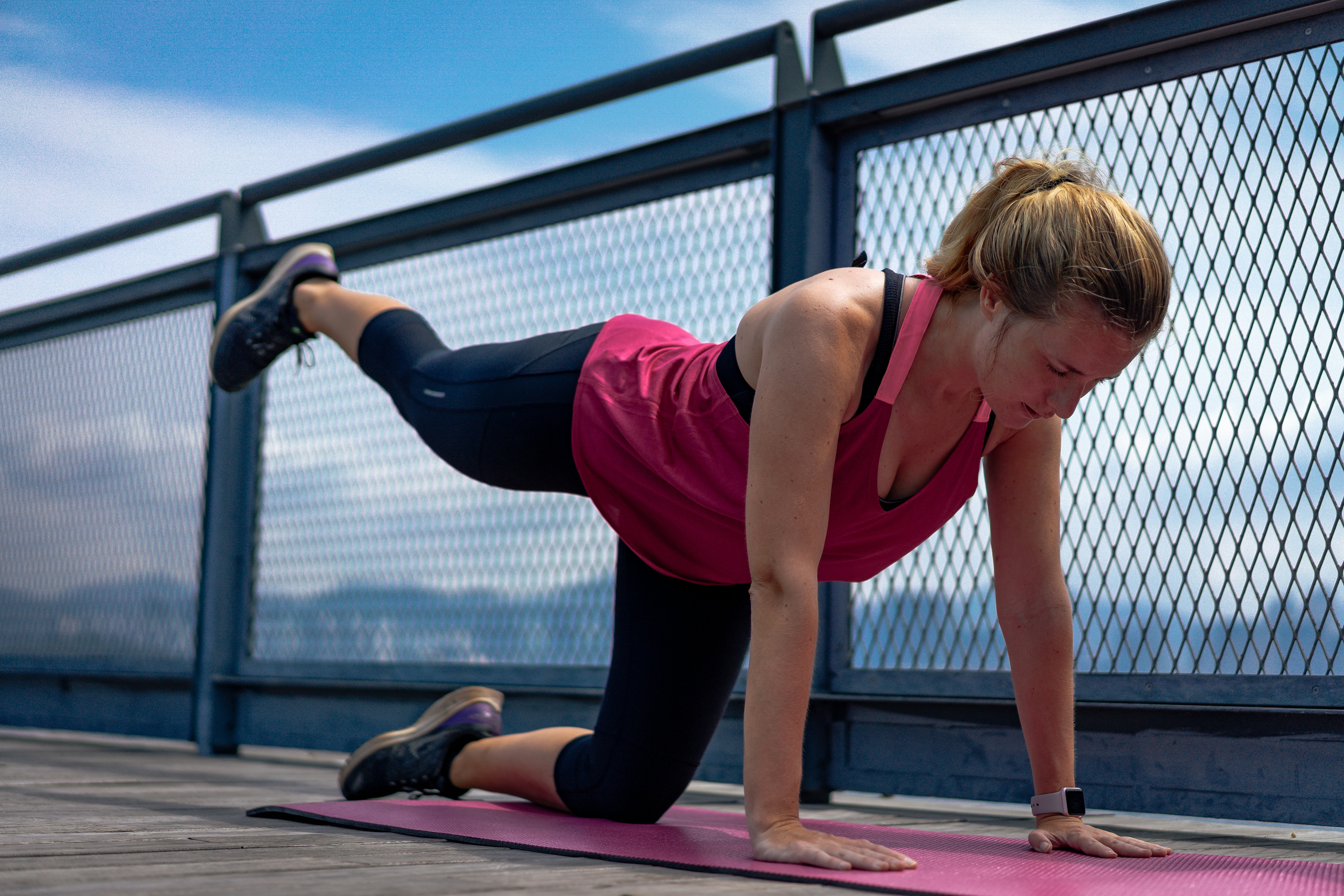How to Regulate Hormones and Metabolism through Fitness

How to Regulate Hormones and Metabolism through Fitness
In the world of fitness, the role of hormones and metabolism often doesn’t receive enough attention, but these two factors are crucial in determining how your body responds to exercise, nutrition, and recovery. Hormones help regulate everything from fat storage and muscle growth to mood and energy levels, while metabolism determines how efficiently your body burns calories.
The good news? Exercise is one of the most powerful tools available to regulate both hormones and metabolism in a way that promotes health, fat loss, muscle gain, and overall well-being. In this article, we’ll explore the ways in which fitness affects your hormones and metabolism, as well as specific strategies you can use to optimize them for better results.
🧬 1. The Role of Hormones in Fitness
Hormones are the body’s chemical messengers. They travel through your bloodstream and affect various functions, including metabolism, growth, mood, and sleep. In terms of fitness, the key hormones you need to be aware of include:
1.1 Insulin
Insulin is a hormone produced by the pancreas that regulates glucose (sugar) in the blood. When you eat carbohydrates, insulin helps store glucose in the muscles and liver. Insulin resistance (when the body becomes less sensitive to insulin) is linked to fat gain and difficulty losing weight.
- How Exercise Helps : Resistance training and aerobic exercise improve insulin sensitivity, helping your body use glucose more efficiently and reduce fat storage.
- Ideal Exercise : Both strength training and cardio help improve insulin sensitivity.
1.2 Cortisol
Cortisol is the body’s primary stress hormone. While it is crucial for managing stress and maintaining energy during exercise, chronic elevated cortisol levels (due to stress or overtraining) can negatively affect fat loss, muscle growth, and recovery.
- How Exercise Helps : Moderate exercise, especially strength training and aerobic exercise, can help regulate cortisol levels. However, overtraining and insufficient recovery can lead to chronically high cortisol levels, which could hinder progress.
- Ideal Exercise : Balanced training with proper recovery, including yoga, meditation, and mindfulness, can help balance cortisol levels.
1.3 Growth Hormone (GH)
Growth hormone plays a significant role in muscle growth , fat loss , and tissue repair. It is naturally released during intense exercise, especially during strength training and high-intensity interval training (HIIT).
- How Exercise Helps : Short, intense exercise sessions stimulate the release of GH. This helps with fat burning and muscle repair post-workout.
- Ideal Exercise : HIIT and strength training are highly effective at boosting GH levels.
1.4 Testosterone
Testosterone is known as the “male hormone,” but it’s essential for both men and women. It plays a key role in muscle development, fat burning, and overall vitality.
- How Exercise Helps : Weight training, particularly exercises that engage large muscle groups (such as squats and deadlifts), increases testosterone levels, leading to better muscle growth and fat loss.
- Ideal Exercise : Heavy resistance training , especially compound movements, has the greatest impact on boosting testosterone levels.
1.5 Leptin and Ghrelin
Leptin is known as the satiety hormone , and it helps regulate hunger by signaling to your brain that you're full. Ghrelin, on the other hand, is the “hunger hormone” that stimulates appetite.
- How Exercise Helps : Regular physical activity, particularly intense exercise, can improve the balance between leptin and ghrelin. This can help curb hunger and prevent overeating, leading to easier fat loss.
- Ideal Exercise : HIIT and endurance training help improve leptin sensitivity and balance hunger hormones.
🔥 2. How Exercise Affects Metabolism
Your metabolism is the process by which your body converts food into energy. The faster your metabolism, the more calories you burn at rest, making it easier to lose fat and maintain a healthy weight.
2.1 Resting Metabolic Rate (RMR)
RMR is the number of calories your body burns at rest to maintain essential bodily functions. A higher RMR means you burn more calories even when you're not exercising.
- How Exercise Helps : Strength training increases lean muscle mass, which in turn boosts RMR. Muscle tissue burns more calories at rest than fat tissue, so the more muscle you have, the higher your metabolism.
- Ideal Exercise : Strength training and resistance exercises are essential for increasing lean muscle mass and boosting RMR.
2.2 Post-Exercise Oxygen Consumption (EPOC)
EPOC, or the "afterburn effect," is the increased calorie burn that occurs after a workout, as your body works to return to its resting state. This effect can last for hours or even days, depending on the intensity of the workout.
- How Exercise Helps : Intense exercise, such as HIIT or high-intensity weightlifting, causes a significant increase in EPOC, leading to increased calorie burn even after your workout is over.
- Ideal Exercise : HIIT , Tabata , and high-intensity resistance training are the best forms of exercise for maximizing EPOC.
2.3 Fat Oxidation
Fat oxidation is the process by which your body breaks down fat to use as energy. The more efficient your body is at burning fat, the easier it is to lose weight and maintain a lean physique.
- How Exercise Helps : Regular aerobic exercise increases fat oxidation during and after workouts. Over time, this can lead to greater fat loss and improved metabolic efficiency.
- Ideal Exercise : Steady-state cardio (e.g., jogging, cycling) and HIIT both improve fat oxidation.
💡 3. Practical Tips to Regulate Hormones and Boost Metabolism
3.1 Incorporate Strength Training
Resistance training is one of the most effective ways to boost metabolism and regulate hormones like testosterone, growth hormone, and insulin. Aim to strength train 3-4 times per week with a focus on compound movements (e.g., squats, deadlifts, bench press).
3.2 Include HIIT in Your Routine
HIIT is a time-efficient way to improve both hormonal regulation and metabolism. Short bursts of high-intensity effort followed by recovery periods stimulate the release of growth hormone, improve fat burning, and increase EPOC.
3.3 Prioritize Sleep and Stress Management
Both sleep and stress management are crucial for maintaining healthy cortisol levels, ensuring proper recovery, and promoting hormone balance. Aim for 7-9 hours of quality sleep per night, and include stress-relieving activities such as yoga, meditation, and breathing exercises in your routine.
3.4 Eat a Balanced Diet
Support your metabolic and hormonal health with a balanced diet that includes whole foods, lean proteins, healthy fats, and complex carbohydrates. Focus on anti-inflammatory foods like berries, leafy greens, and fatty fish to help support hormonal balance.
3.5 Avoid Overtraining
Overtraining can disrupt hormonal balance, especially cortisol and testosterone levels. Ensure you're getting enough recovery between workouts and listen to your body to avoid burnout.
🔑 Conclusion
Hormones and metabolism play an essential role in achieving your fitness goals, whether that’s fat loss, muscle gain, or overall health. By understanding how exercise influences these two systems , you can tailor your workouts and lifestyle choices to optimize your hormonal and metabolic health.
| Hormone / Factor | How It Affects Fitness | Exercise to Optimize |
|---|---|---|
| Insulin | Glucose regulation, fat storage | Strength training, cardio |
| Cortisol | Stress response, recovery | Balanced training, recovery |
| Growth Hormone | Muscle growth, fat burning | HIIT, strength training |
| Testosterone | Muscle gain, fat burning | Heavy resistance training |
| Leptin and Ghrelin | Hunger regulation, satiety | HIIT, endurance training |
| Metabolism | Caloric burn, fat loss | Strength training, HIIT, cardio |
By incorporating these strategies, you can boost your metabolism, regulate your hormones, and achieve better results from your fitness routine.
📝 Final Tip
Hormonal balance and metabolism optimization take time. Consistency is key! Combine effective training with proper nutrition, sleep, and recovery to see significant improvements over time.
Need personalized workout advice or nutrition guidance? Feel free to reach out for expert tips!




